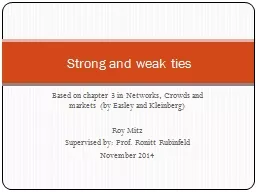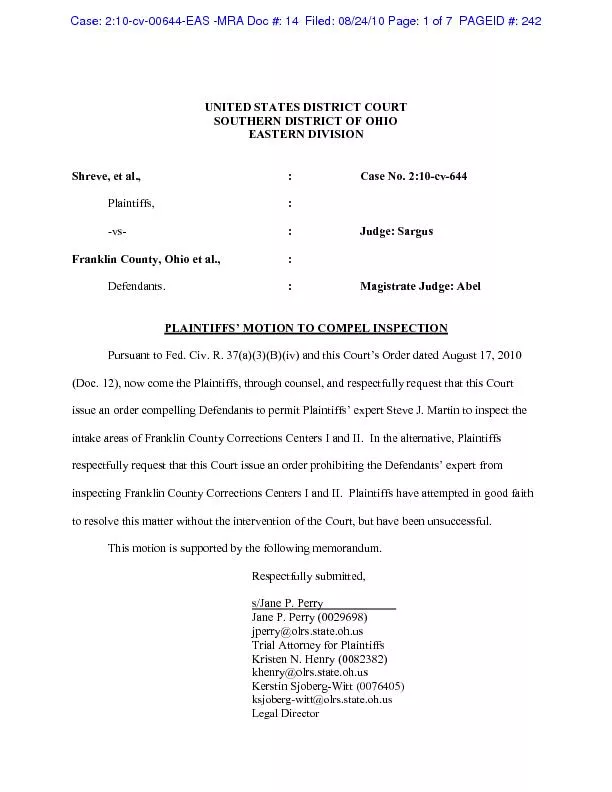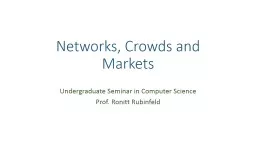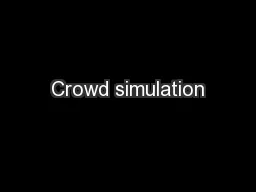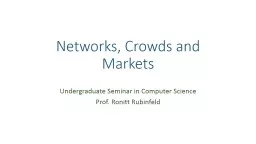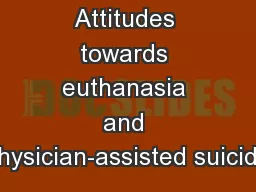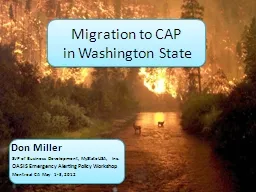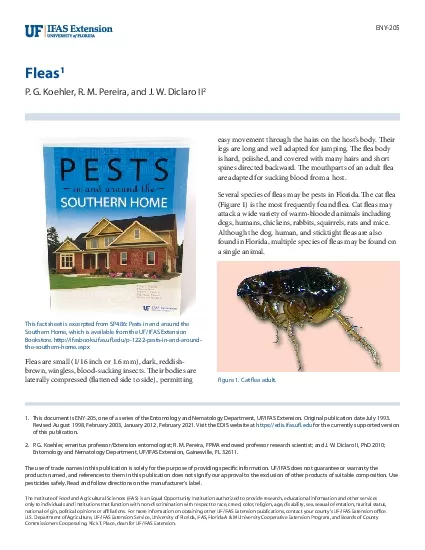PPT-Based on chapter 3 in Networks, Crowds and markets (by Eas
Author : faustina-dinatale | Published Date : 2015-09-21
Roy Mitz Supervised by Prof Ronitt Rubinfeld November 2014 Strong and weak ties Outline Theory Real data examples Some more structural observations Preface We
Presentation Embed Code
Download Presentation
Download Presentation The PPT/PDF document "Based on chapter 3 in Networks, Crowds a..." is the property of its rightful owner. Permission is granted to download and print the materials on this website for personal, non-commercial use only, and to display it on your personal computer provided you do not modify the materials and that you retain all copyright notices contained in the materials. By downloading content from our website, you accept the terms of this agreement.
Based on chapter 3 in Networks, Crowds and markets (by Eas: Transcript
Download Rules Of Document
"Based on chapter 3 in Networks, Crowds and markets (by Eas"The content belongs to its owner. You may download and print it for personal use, without modification, and keep all copyright notices. By downloading, you agree to these terms.
Related Documents

